I initially wrote this review of Dark Age Ahead, Jane Jacobs’s last book, for Works in Progress. Unfortunately, after a round of editing, we realized that the book wasn’t quite insightful enough for the review to be published there, so I’m sending it out on my blog instead. With the addition of several over-the-top cataclysmic paintings by Victorian artist John Martin, which we presumably wouldn’t have seen on WiP.
As you’ll see below, my take on the book is quite lukewarm. It’s still a good book, though, and I’m glad WiP gave me the opportunity to dive deep into it. After Cities and the Wealth of Nations, The Question of Separatism, and now this, I intend to read and review all Jacobs’s books. Only four more to go!
As prophets of doom go, Jane Jacobs was certainly a unique one.
Jacobs, a writer and activist, is known primarily for two things, neither of which have much to do with predicting the future. One is contributing to saving historic neighborhoods in New York City and Toronto from being razed as part of big highway projects. The other is publishing a book, in 1961, The Death and Life of Great American Cities, which is widely considered one of the most influential books of all time in urbanism.
The Death and Life would turn out to be the first of seven books. From the 1960s to the 2000s, Jacobs diligently explored the ramifications of her ideas on cities, such as how urban economies work and how that relates to the economies and politics of nations. At the sunset of her life, in 2004 (she died in 2006), she published her last book, one that has naturally come to be seen as the conclusion of decades of intellectual work. From its title alone, it seems difficult to interpret it as an optimistic conclusion: the book is called Dark Age Ahead.
Amnesia and Double Amnesia
Like most prophets, Jacobs insists that she isn't one. “Life,” she writes near the beginning of the book, “is full of surprises — some of them good, with large, beneficial, totally unforeseen consequences. Prophecy is for people too ignorant of history to be aware of that, or for charlatans.” But surprises cannot be accounted for, which is why Jacobs took the time to write what is essentially a collection of warnings. She fears that North America — almost all her examples are Canadian or American, her two nationalities — is on a downward vicious spiral, in which institutions and customs fail one after the other until the culture as a whole enters a dark age.
What exactly is a dark age? This is the topic of her first chapter, which introduces the most interesting idea of the book: that dark ages are essentially episodes of large-scale amnesia. Jacobs fully accepts the classic narrative of the post-Roman Dark Ages (she didn't foresee the more recent debates about whether there were early medieval “Dark Ages” at all), and characterizes it as the biggest moment of forgetfulness in Western history. Regardless of the quality of life of early medieval European people, it's clear that they had forgotten many of the technologies, ideas, and institutions that made up life during classical antiquity.
Worse — in many cases, they suffered from what I might call “double amnesia”: they had forgotten what they had forgotten. Many ancient books would have been lost if they hadn't been preserved in the Eastern Roman and Arab civilizations; many others are surely lost, without any way for us to know that we've lost them. This forgetfulness is why most of what we know about antiquity is rediscovered, through archeology or the study of ancient texts, rather than inherited.
A dark age, according to Jacobs, is that: a breakdown of culture to such an extent that people forget what life used to be like, and even forget that life used to be different at all. Though the post-Roman Dark Age is the most readily available example in the West, dark ages have happened many times across the world, for reasons spanning from economic collapse to genocide. The indigenous peoples of the Americas have all suffered severe dark ages: their descendants today remember very little of the old ways, their culture having been replaced — through conquest, slavery, intermarriage, and death from disease — by European patterns of life.
It seems difficult to believe that the same fate could befall North America, or indeed any of the wealthy, literate, powerful cultures of today. Yet it can happen, Jacobs says, and it will, if we are not able to fix certain problematic trends. She identifies five “pillars” of culture that appear to be decaying in the United States and Canada. They are: community and family; higher education; science and technology; taxes; and the self-policing of professionals.
And this is where the book gets peculiar. Or, shall we say, very on-brand.
Pillar 1: Families and Communities
From the premise of the introduction, we might have expected deep historical analysis, with comparisons to modern society showing how we’re on the wrong track. I think this is what Jacobs wanted to write about. But most of her arguments end up being descriptions of specific problems that don’t quite gel into a coherent picture. About half of them are critiques against cars and detrimental 20th-century urbanistic practices.
To be sure, they’re pretty strong, well-supported critiques — at age 87, Jacobs has quite a few decades of experience in dissecting urban policies. Her chapter two, “Families Rigged to Fail,” is the most convincing of the five pillars, if not the most surprising. It argues that changes in urban planning over the past few decades have made it difficult for families and communities to fulfill their roles. For instance, she describes how housing is becoming too expensive, causing a surge of homelessness and children living in poverty. Two decades later, nobody in just about any North American metropolitan area would argue that this trend has slowed down or reversed.
The main culprit of family and community problems, Jacobs thinks, is cars. Cars have become a necessity in the vast majority of places where people live. This has direct consequences on the fabric of communities, defined loosely as people who live in the same area and interact with each other:
One can drive today for miles through American suburbs and never glimpse a human being on foot in a public space, a human being outside a car or truck. … This is a sign that much of North America has become bereft of communities. For communities to exist, people must encounter one another in person. These encounters must include more than best friends or colleagues at work. They must include diverse people who share the neighborhood, and often enough share its needs.
Cars have also been the indirect cause of the destruction of many physical communities due to highway projects that necessitated the obliteration of vibrant neighborhoods. This sort of urban development is, of course, Jacobs’s favorite enemy.
When communities aren’t doing well, families suffer too. “Two parents, to say nothing of one, cannot possibly satisfy all the needs of a family-household,” Jacobs says. “A community is needed as well, for raising children, and also to keep adults reasonably sane and cheerful.” Families rely on the communities they live in for municipal and commercial services, but also informal relationships of all kinds with neighbors and acquaintances. It is important that those relationships develop with a varied set of people, Jacobs claims:
The diverse viewpoints and strengths of many adults can be educational and liberating. Two adults who have too little adult companionship besides themselves can easily drift into isolation from society and become lonely, paranoid, resentful, stressed, depressed, and at their wit’s ends. Sitcom families and “reality” TV can and do fill isolated hours, but cannot offer the support of live friends and the practical information of varied acquaintances.
She doesn’t back up the need for diversity much more, but between the lines we understand that she sees it as important for both the education of children and the mental health of adults. That explains, weakly but plausibly, why cars are so destructive: driving to a restaurant or bowling alley to see friends every now and then is not sufficient. Maybe what she meant to say is that car-oriented lifestyles make it difficult to make friends as an adult.
Here the theme of mass amnesia is woven into the argument: “While people possess a community, they usually understand that they can’t afford to lose it; but after it is lost, gradually even the memory of what was lost is lost.” We become convinced that our isolated nuclear families are doing fine on their own, and feel only vague yearnings for a time before cars, when we knew our neighbors and townspeople.
But isn’t this a revealed preference? Don’t people live in a car-oriented way because they choose to? Not so, Jacobs says, describing the war waged on public transit by General Motors and other car companies in the early 20th century, a real conspiracy — there were convictions under that charge — during which streetcars in many American cities was systematically scrapped and replaced by buses at first, and then no transit at. Although this conspiracy isn’t totally gone from public consciousness, most people don’t realize that the current dominance of cars wasn’t a predetermined outcome. We have forgotten what we have lost.
Pillar 2: Education
After that, the chapters get gradually less persuasive, though still worth reading.
Chapter three is “Credentialing Versus Educating,” a valid critique of higher education that will sound familiar to many North American college graduates. Jacobs describes how universities, for centuries intended as places where the curious and the clever can acquire precious knowledge, have turned into industries devoted to pumping out credentials that are viewed as essential for a middle class lifestyle. “The cost [of a four-year degree] has become as necessary as the cost of a car,” she writes, “and for a similar reason: without it, access to a remunerative job is difficult or even impossible.” It is yet another constraint that families have to contend with.
Jacobs seeks to explain this development with a long digression on the consequences of the Great Depression, which, in her view, put “having a job” as the central ideal of American society, itself causing the rise of the credentialing industry in the 1960s. While interesting, it is too tangential to be truly enlightening. It also has low explanatory power: the link between credentialism and the Great Depression is tenuous at best. Her brief mention of the free education offered to US war veterans, which swelled student numbers after WWII and the Korean War, seems more relevant.
More to the point is the idea that mass forgetfulness has stricken universities, too: students and their parents today do not realize how different education used to be before credentialism. When the change was underway in the 60s, students complained that they weren’t getting what they had been promised:
They had expected more personal rapport with teachers who had become only remote figures in large, impersonal lecture halls. The students were protesting attempts to transmit culture that omitted acquaintance with personal examples and failed to place them on speaking terms with wisdom.
In another decade, however, students dropped that cause, apparently taking it for granted that credentialing is the normal primary business of institutions of higher learning and that its cost is an unavoidable initiation fee into acceptable adulthood.
Jacobs remains vague in her idealistic description of what education used to be like. Perhaps the amnesia is so widespread that she also doesn’t quite know. After all, most people, herself included, spend only a few years in universities, and therefore don’t see the trends over multiple decades. “Only faculty who have lived through the loss realize what has been lost,” she writes. One wonders if, twenty years later, there is anyone left who remembers. Fortunately — and contrary to Jacobs’s pessimistic prophecies — we do see much criticism of credentialism today, though perhaps not enough to avert its negative effects.
Pillar 3: Science
Next up is a chapter called “Science Abandoned,” perhaps the strangest one in the book. There are certainly plenty of reasons to worry about the direction science is taking nowadays: the replication crisis, the paywalled and hard-to-read scientific papers, the p-hacking, the perverse incentives leading to fraud and bias. Jacobs doesn’t cover any of that, focusing instead on the “loss of the scientific state of mind,” presented as another case of double amnesia in which people forget how to properly ask questions about the world while simultaneously idolizing science. One cannot help but think of the “I believe in science” refrain, commonly uttered by people who don’t have a good understanding of the scientific method.. As for Jacobs, she understands it as follows:
Ask a fruitful question;
Frame a hypothetical answer;
Test the hypothesis;
From the resolution of the hypothesis, derive new questions and start the cycle anew.
“Abandoning the scientific mindset” means failing at one of several of these steps. Jacobs’s examples of that are from traffic engineering, urban sociology, and economics of employment — none of them traditional scientific fields.
As her first example, she claims that the “experts” designing streets and roads are driven by dogma, not curiosity. In the 1950s, she and other activists campaigned to close a road bisecting Washington Square in New York City; they were told by urban planners that this would divert traffic into the surrounding neighborhoods, making roads less safe for children. The activists won, and the experts’ predictions did not happen: traffic just vanished. Yet the experts never investigated why. They failed at step 4 — new questions were opened up by feedback to the hypothesis of traffic diversion, but they were not pursued. And so, thirty years later, when Jacobs found herself in a similar situation in Toronto, the science of traffic engineering hadn’t budged: the experts were still claiming that blocked traffic would be diverted into nearby streets, and once again these predictions did not materialize.
Unfortunately, Jacobs’s attempt to show how these questions should be scientifically investigated is less than convincing. Her “research” in traffic engineering for the book is a single taxi ride in downtown Toronto, an anecdote that led her to discover “misconceptions” that are both hard to understand and, ironically, untested.
Her second example, a summary of the book Heat Wave: A Social Autopsy of Disaster in Chicago by Eric Klinenberg (2002), is a better illustration of her point. She shows again that experts, in this case dozens of researchers from the US Centers for Disease Control and Prevention (CDC) who made an ambitious study of the deadly heat wave in 1995 Chicago, can produce totally fruitless work if they have abandoned good science. The CDC researchers decided to pair dead individuals with demographically similar survivors in random locations, hoping to find insights into the causes of death.
This swift and Herculean effort by eighty researchers, their supervisors, and the high-powered designers of the study was worthless, because it turned up only what everybody already knew, including the meteorologists who had issued the early warnings. Those who died had run out of water, had no air-conditioning, did not leave their rooms to find cool refuge, and were not successfully checked up on. Indeed the researchers’ findings were worse than useless … because they encouraged blaming the victims.
Meanwhile, a single investigative journalist like Klinenberg can do useful work if they maintain that crucial scientific state of mind, especially in steps 2 and 3. Instead of comparing individuals, Klinenberg compared neighborhoods. This better choice of a research strategy allowed him to discover that people died more in areas of Chicago where residents walked less and had less of a healthy community — a very Jacobsian conclusion indeed. Though we might reasonably think that Jacobs is biased on this, her questions about the CDC researchers are legitimate: why did they spend so much time and money on a strategy that could only unearth the obvious?
The third example concerns the economic expansion, and accompanying increase in jobs, that was happening in the Greater Toronto Area in 2002. Economists, she says, were dumbfounded: they predicted economic contraction instead, since Canada’s economy is driven mostly by exports to the United States, which at the time was in a recession. Yet the experts here too failed to update their models in the face of evidence (a step 4 failure again). Jacobs’s alternate explanation is an episode of city import replacement, a phenomenon she explored in some of her previous books. She wonders if this early 2000s boom in the GTA will be forgotten to time. I can’t say for sure, but it seems plausible. I certainly wasn’t familiar with it.
Reading Jacobs on science is an interesting experience. She has often been criticized for using too little quantitative data, relying instead on anecdotes, and Dark Age Ahead is no exception. Isn’t that in itself an abandonment of the scientific state of mind? Her answer might be that data so often leads the experts astray, and that the scientific state of mind is more fundamental than that. Too many researchers (especially, maybe, in “softer” fields like sociology and economics) claim to be doing science, when they’re actually just wrangling numbers without trying to get to the bottom of things. Perhaps she has a point.
Pillar 4: Taxes
The chapter on “Dumbed-Down Taxes” is a brief remix of some of Jacobs’s favorite points on how governments work best when they’re at the level of cities, with both subsidiarity and fiscal accountability. Subsidiarity means governing at the level closest to the people; fiscal accountability means being transparent with what taxes are used for. These two principles often fail when large bureaucracies at the national, provincial, or state level are in charge, causing all sorts of conflicts with the city governments that are inherently more attuned to the needs of their citizens.
Jacobs expounded on these arguments in her 1980s books, Cities and the Wealth of Nations and The Question of Separatism. In Dark Age Ahead, she chose to illustrate them with the situation in Toronto. Once described as “New York run by the Swiss” for its order and cleanliness, Toronto as of 2004 has apparently (and despite the job boom alluded to earlier) become a dirty and poorly governed city, lacking in public transit, and undergoing a growing housing crisis. For these problems she accuses the Ontario and Canada governments, as well as structural flaws in governance. I cannot say, as an occasional tourist, whether Toronto is back on track. It does seem to be governed better than San Francisco, which I was surprised to see Jacobs claim was far cleaner and well-maintained in comparison! One thing that’s for sure is that Toronto definitely hasn’t solved its housing problem, though I don’t know if we can ascribe responsibility to the upper echelons of government, nor if it makes sense to say that those potential governance problems are a sign of deeper cultural problems.
Pillar 5: Self-policing
The last of her five pillars is “Self-Policing Subverted,” which is broadly about the self-regulation of learned professions like architects and accountants, and specifically about instances of corporate fraud. The Enron debacle — the scandal in which the American energy company Enron declared bankruptcy after its systematized white-collar crimes were revealed — had happened just a couple of years before the book was written, in 2001. Jacobs evidently sees the failure of professional accountants and auditors to prevent it as another omen of the coming dark age.
Is it? Her claim seems to be that fraud has become more common starting in the 1980s, “as a consequence of that decade’s frenzies of mergers and takeovers, which created unprecedentedly gigantic and unmanageable business combines.” She also believes that tactics like plausible denial were born around that time, joining spin doctoring in the arsenal of corporate fraudsters. But this (short) chapter is overall weakly argued. It’s obvious that fraud becoming more common and culturally acceptable would be a bad civilizational sign, but Jacobs doesn’t manage to make a persuasive case that North America is decaying in that respect.
Solutions
Having covered all these examples, Jacobs then turns to solutions. How do we — as the title of chapter seven asks — “Unwind Vicious Spirals”?
By reforming urban regulations, of course. She discusses zoning in detail, and says it is rooted in assumptions that “are rejections of cities and city life, devised by utopians and reformers who tried to overcome public health problems and ‘disorder’ with … abstract, dysfunctional solutions.” She suggests that zoning should be replaced with specific bans or limits on “performances” that people dislike, such as noise, bad smells, heavy traffic, or the destruction of nice views and parks. She also draws from another contemporary work, The Boulevard Book (2003), to suggest that North American cities should build more multi-use boulevards. These local solutions sound almost cute when pitted against the gloomy, far-reaching predictions from the first chapter.
She returns to discussing dark ages and amnesia on a grander scale in the conclusion. To have an idea of how to avoid dark ages, she says, we can look at countries that evaded them in times of trouble. Japan could have had much of its culture obliterated in the aftermath of its forced opening in 1853 due to the actions of the US Navy. It didn’t: instead of just emulating the more successful Western culture, it incorporated it into its own. Even today Japan has policies of keeping traditional arts alive. Japanese culture has remained strong throughout the history of its modernization, and that has been instrumental in avoiding any episodes of mass forgetfulness.
Ireland is another interesting case, “almost miraculous in not having sunk into a Dark Age,” writes Jacobs. Though its language was almost extinguished, and its population greatly reduced by famine and emigration, the island has kept a vigorous cultural tradition, especially through music.
The implication is that the best antidote to cultural amnesia is cultural dynamism. Stated like this, it sounds obvious. But there are civilizations that failed at cultural development, the most salient example being Rome, whose arts were for the most part borrowed from Greece. Citing the Aeneid, in which the poet Virgil sings that other cultures can focus on sculpture and astronomy while Rome takes on the task of ruling,1 Jacobs speculatively suggests that Rome’s lack of artistic achievement “must have helped precipitate Roman culture into the forgetfulness of the Dark Age as the empire’s institutions of government, trade, and militarism broke down.”
In fact, culture might be the saving grace of North American civilization. The United States, unlike Rome, has an enormously productive culture. As Jacobs points out:
In song alone, America has gospel music and blues; song of labor unions, cowboys, and chan gangs; hits from musicals and films; country music, jazz, ballads, sea chanteys, rock and roll, and rap; patriotic, war, antiwar, and seasonal songs; advertising ditties; nursery rhymes; school, campfire, drinking, homesick, and love song; lullabies; revival hymns; plus disrespectful parodies of the lot.
One could be slightly more worried about English-speaking Canada, which has precious little culture that is still distinct from the United States’. Maybe it doesn’t matter, and Anglophone North American culture is best taken as a whole. As a Quebecer I wonder what Jacobs would have said about Quebec, where the preservation of French-speaking culture is considered to be of great importance, but she seems to have preferred to avoid the subject after controversially taking a stand in favor of Quebec independence in 1980.
In any case, having a dynamic culture today is no guarantee of keeping it forever. Near the end of Dark Age Ahead, Jacobs writes:
Ironically, societies (including our own) that were great cultural winners in the past are in special peril of failing to adapt successfully in the face of new realities. This is because nothing succeeds like success, and it follows that nothing hangs on past its prime like past success.
History is littered with “formerly vigorous cultures” that have decayed into dark ages. Only self-awareness, of our problems but also of “the underlying values responsible for the culture’s nature and success,” can protect North American civilization from that outcome.
Epilogue
What to make of this book, some twenty years later?
On one hand, Jane Jacobs’s prophecies seem more relevant than ever. We still talk of issues in housing, dying communities, failed ideals in universities and science, inefficient governments, and fraud and corruption. On the other hand, one could argue that those are perennial problems of any human society. In which case Jacobs’s merit resides mostly in capturing, in her usual lively style, their precise manifestations in early 21st-century North America.
Ultimately, I think the reason that Dark Age Ahead feels somewhat strange is that there are two books within it. One is a sober, pessimistic account of history that the elderly Jacobs has gradually acquired over a lifetime of reading and thinking. The other is a kind of housing theory of everything, but for cities: a manifesto against cars, 20th-century urbanism, and overconfident credentialed experts, that is, all the things that Jacobs has been fighting against since the beginning of her public career.
The ties between these two books don’t quite work. We never end up believing that zoning policy and a few instances of bad research or fraud are single-handedly causing disaster of a magnitude comparable to the fall of the Roman Empire, nor are we convinced that her prescribed remedies would instantly reinvigorate North American culture. And the theme of forgetfulness, though it crops up here and there, never seems entirely justified. Jacobs doesn’t really show how our literate culture could come to forget its ways of life, except through the vague threat of a civilizational collapse.
As an epilogue to Jane Jacobs’s life works, however, Dark Age Ahead does a pretty decent job. It is not her best book, but it is true to what she had always been defending. We may or may not be headed towards an era of darkness, but either way, we could do worse than listening to her.
From Robert Fagles’s translation of the Aeneid, book VI:
“Others, I have no doubt,
will forge the bronze to breathe with suppler lines,
draw from the block of marble features quick with life,
plead their cases better, chart with their rods the stars
that climb the sky and foretell the times they rise.
But you, Roman, remember, rule with all your power
the peoples of the earth—these will be your arts:
to put your stamp on the works and ways of peace,
to spare the defeated, break the proud in war.”

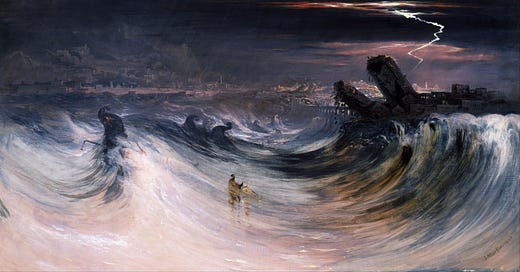




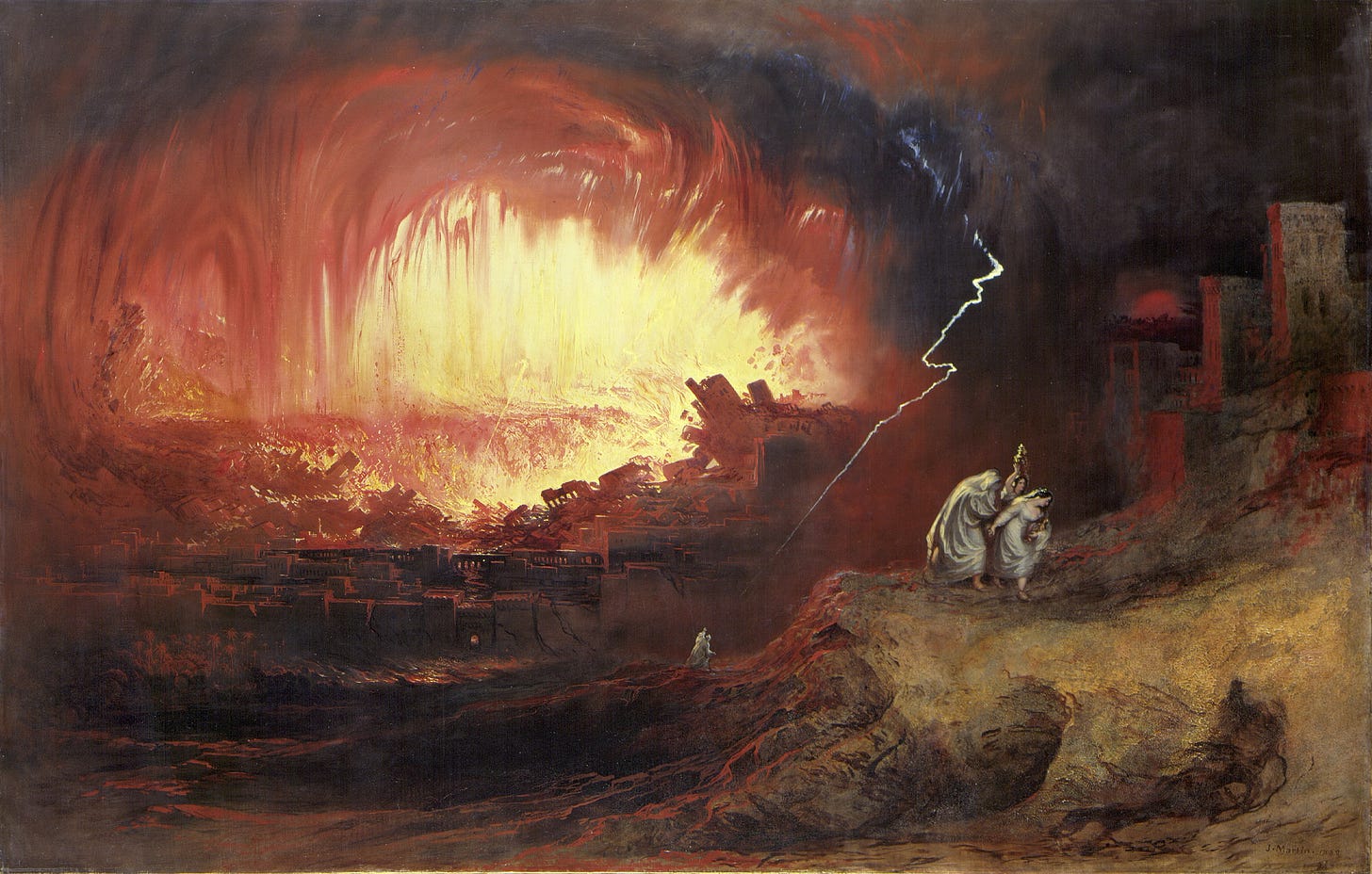
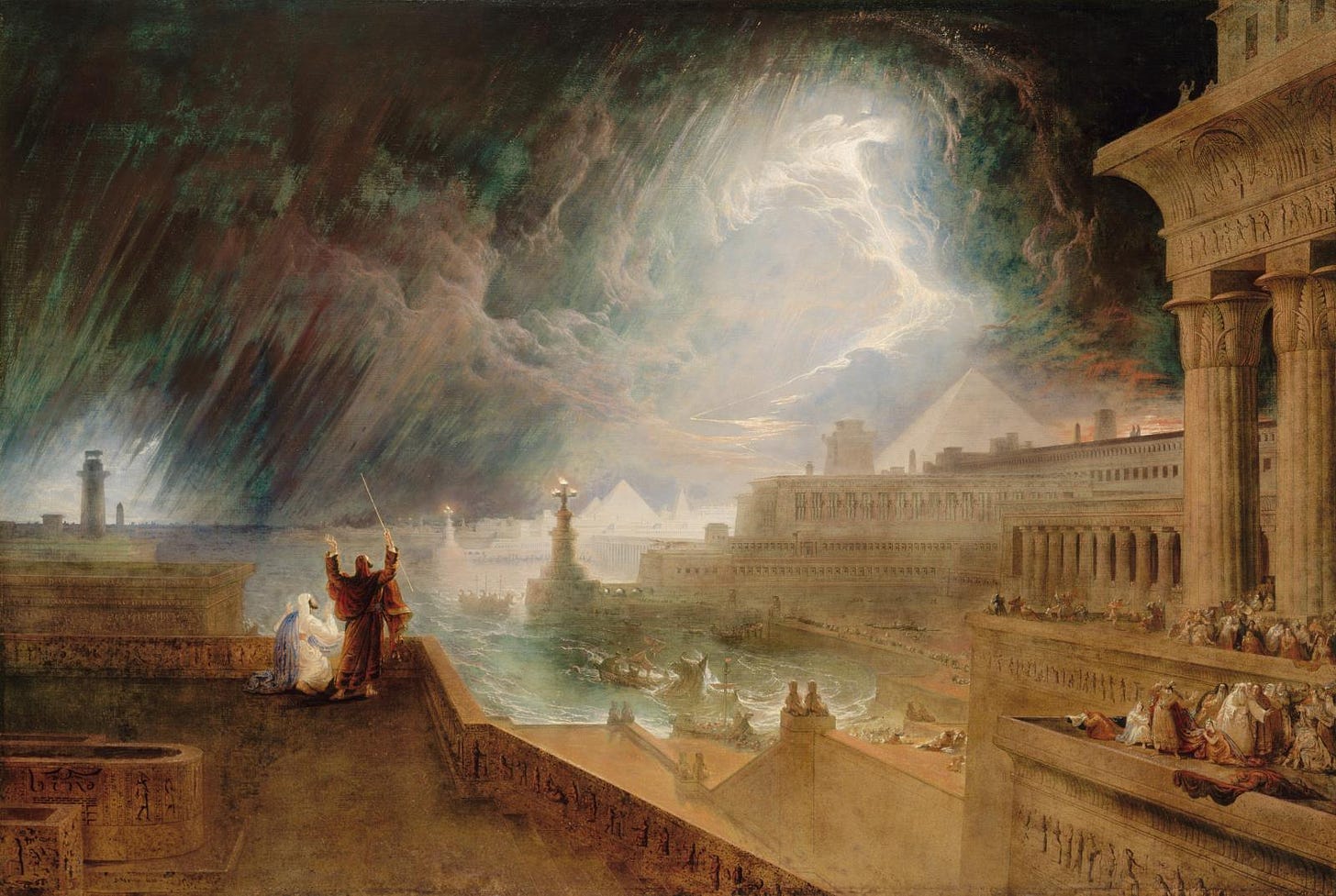
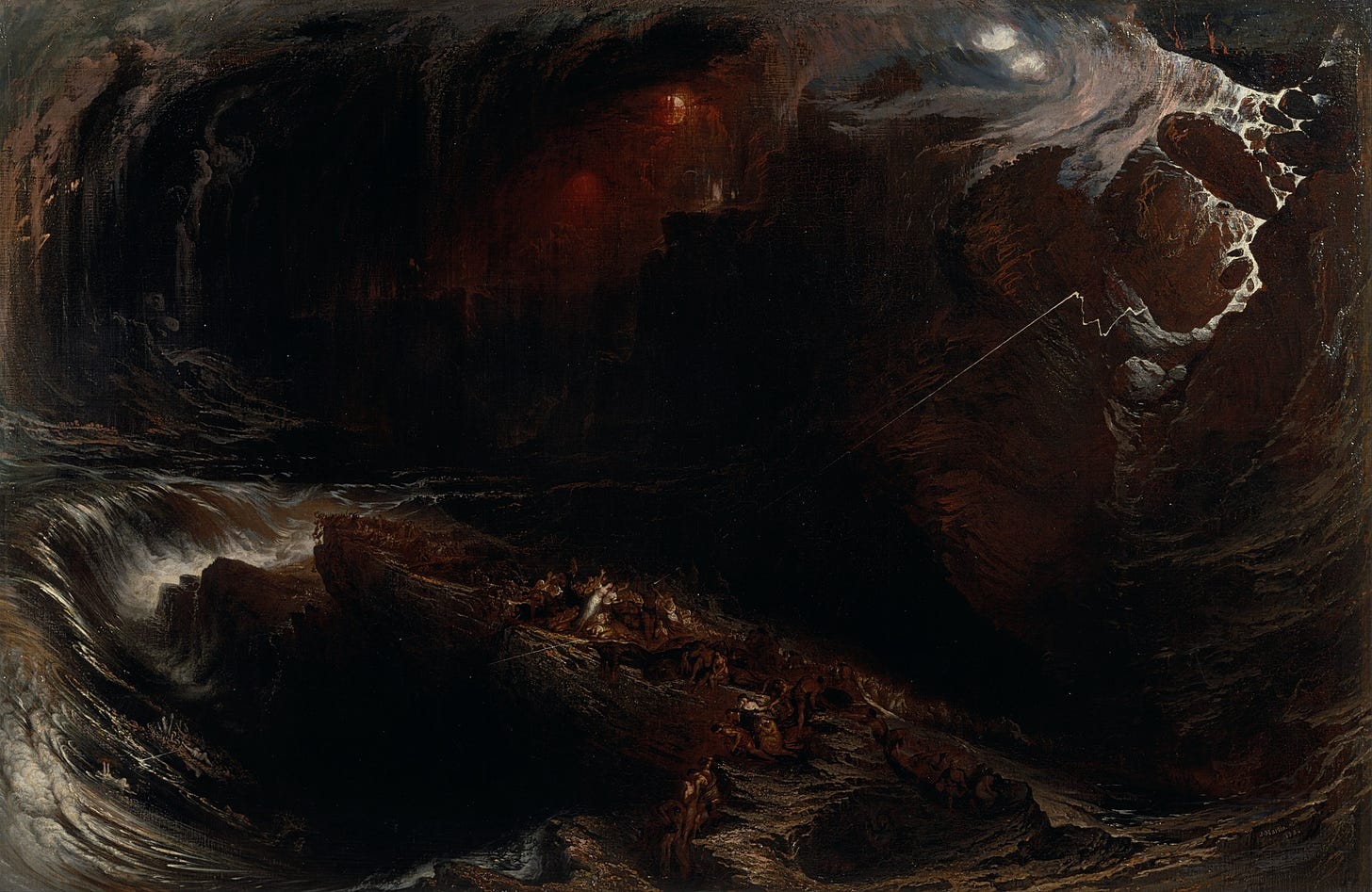
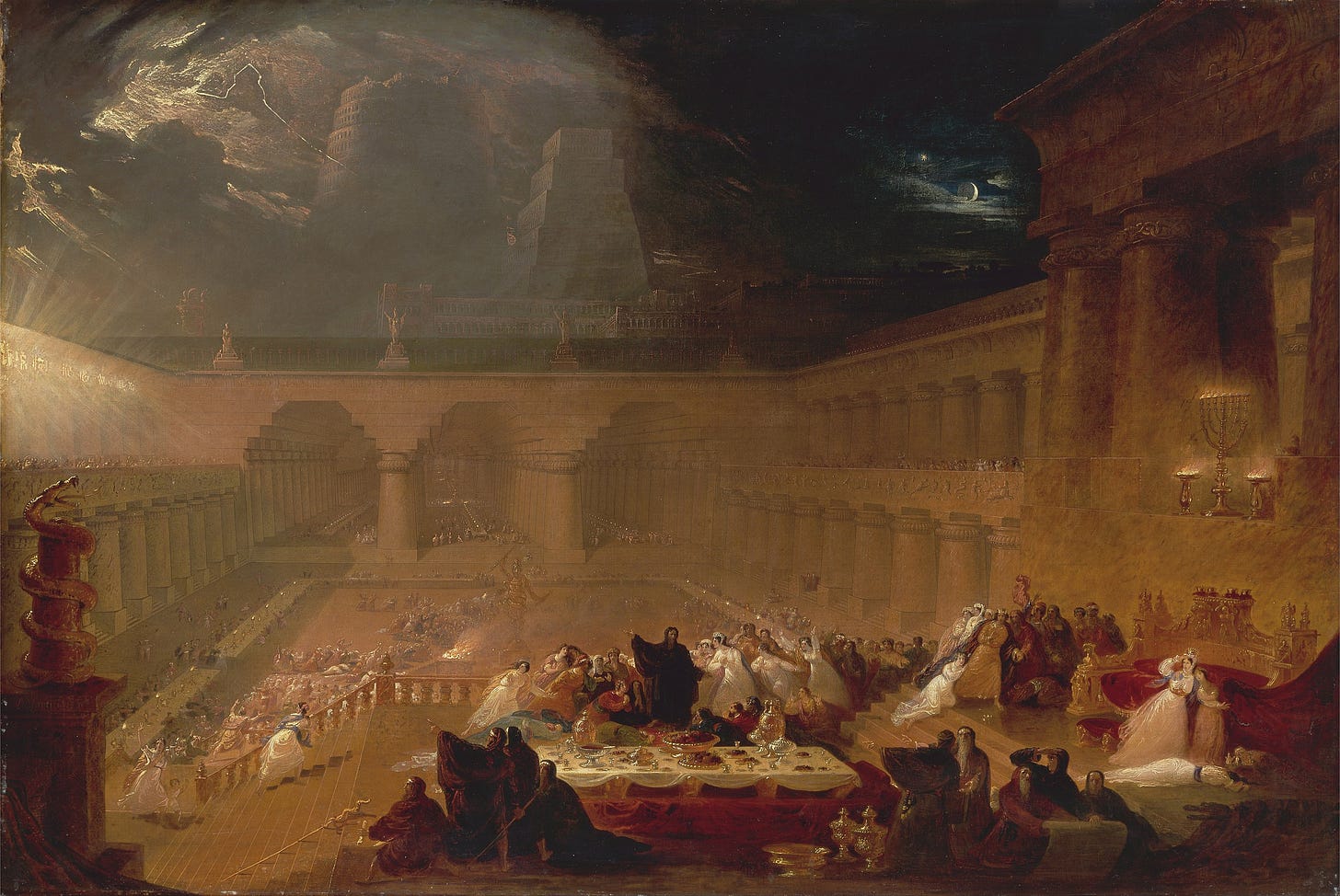
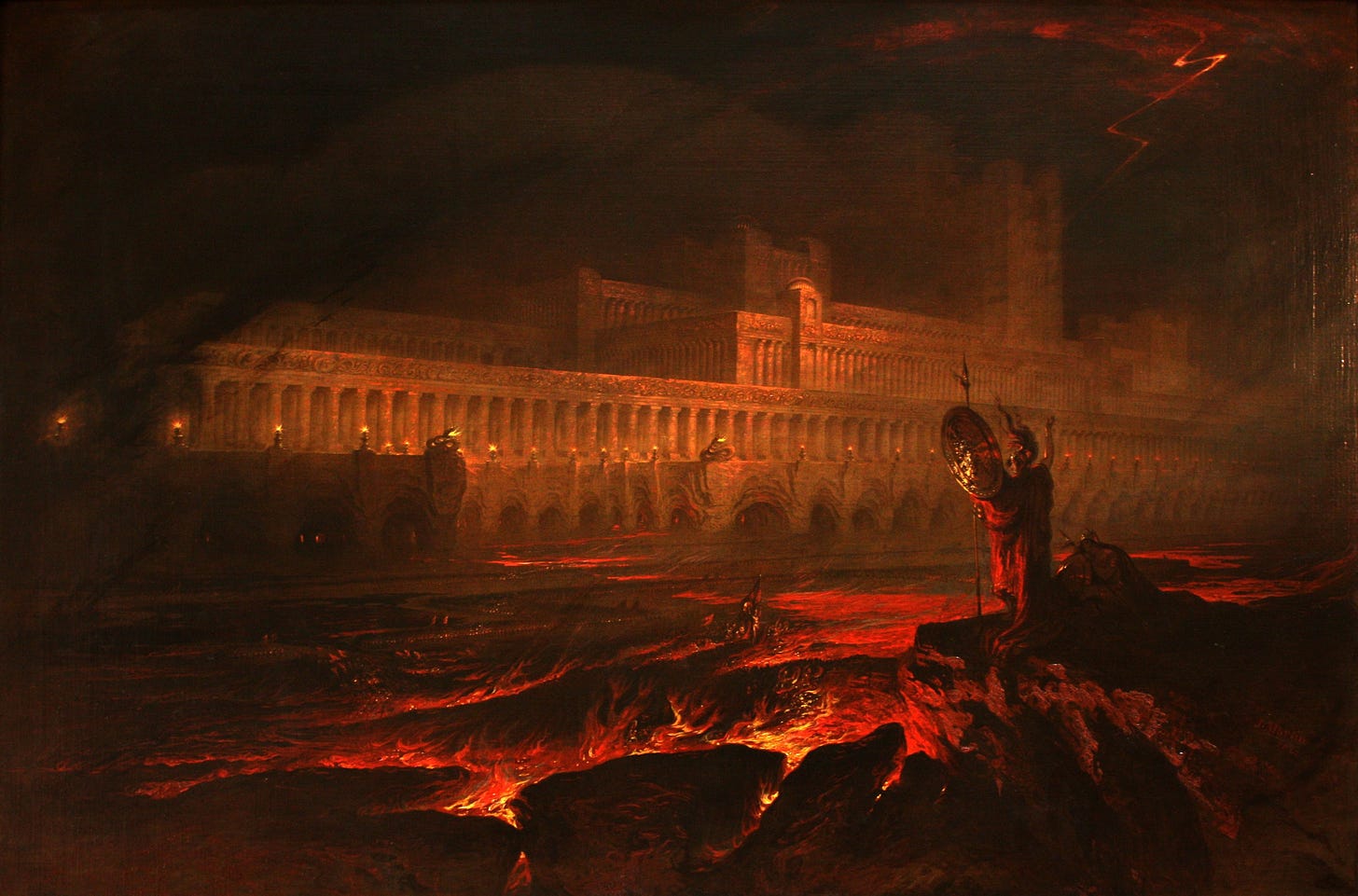
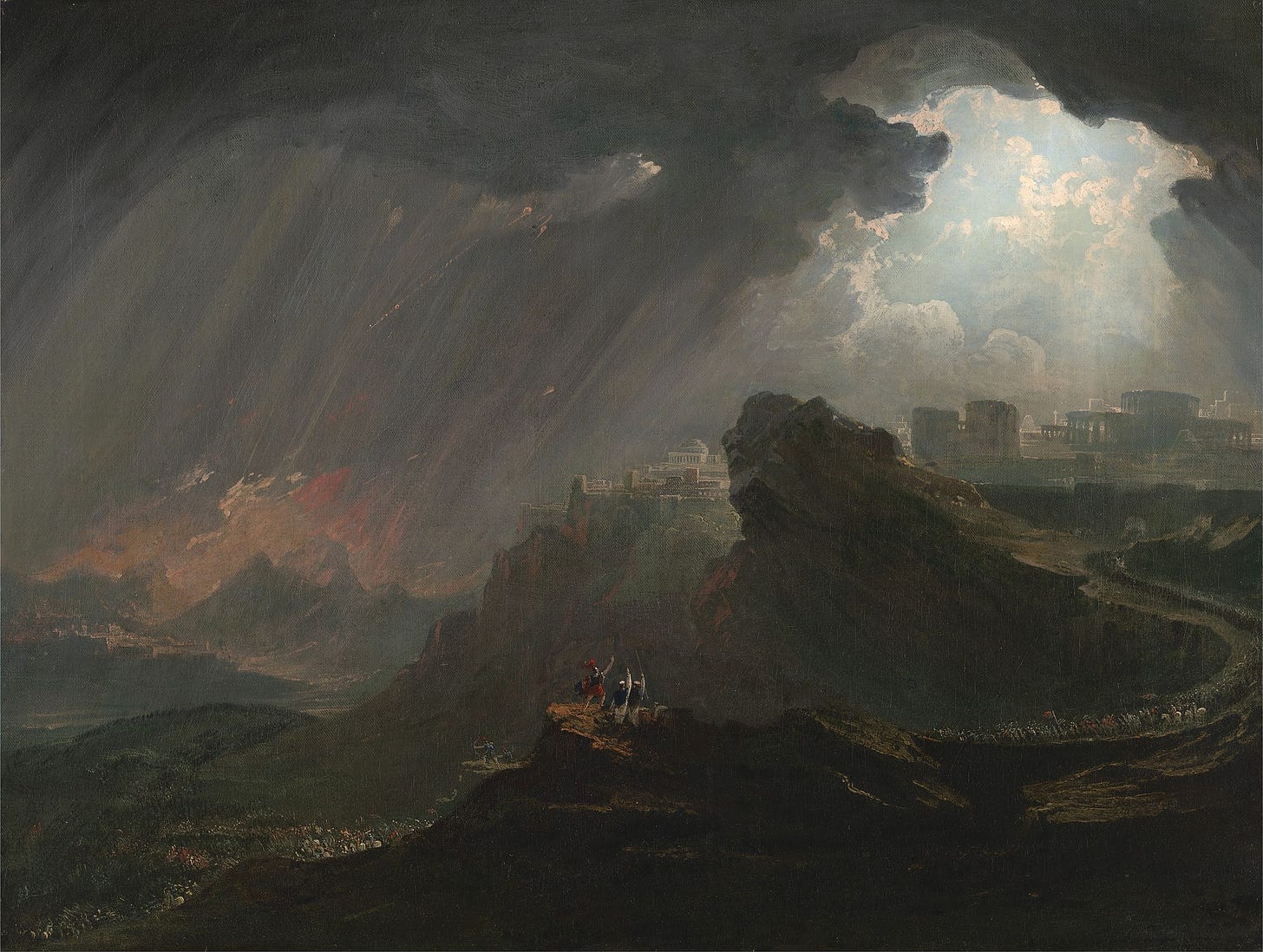
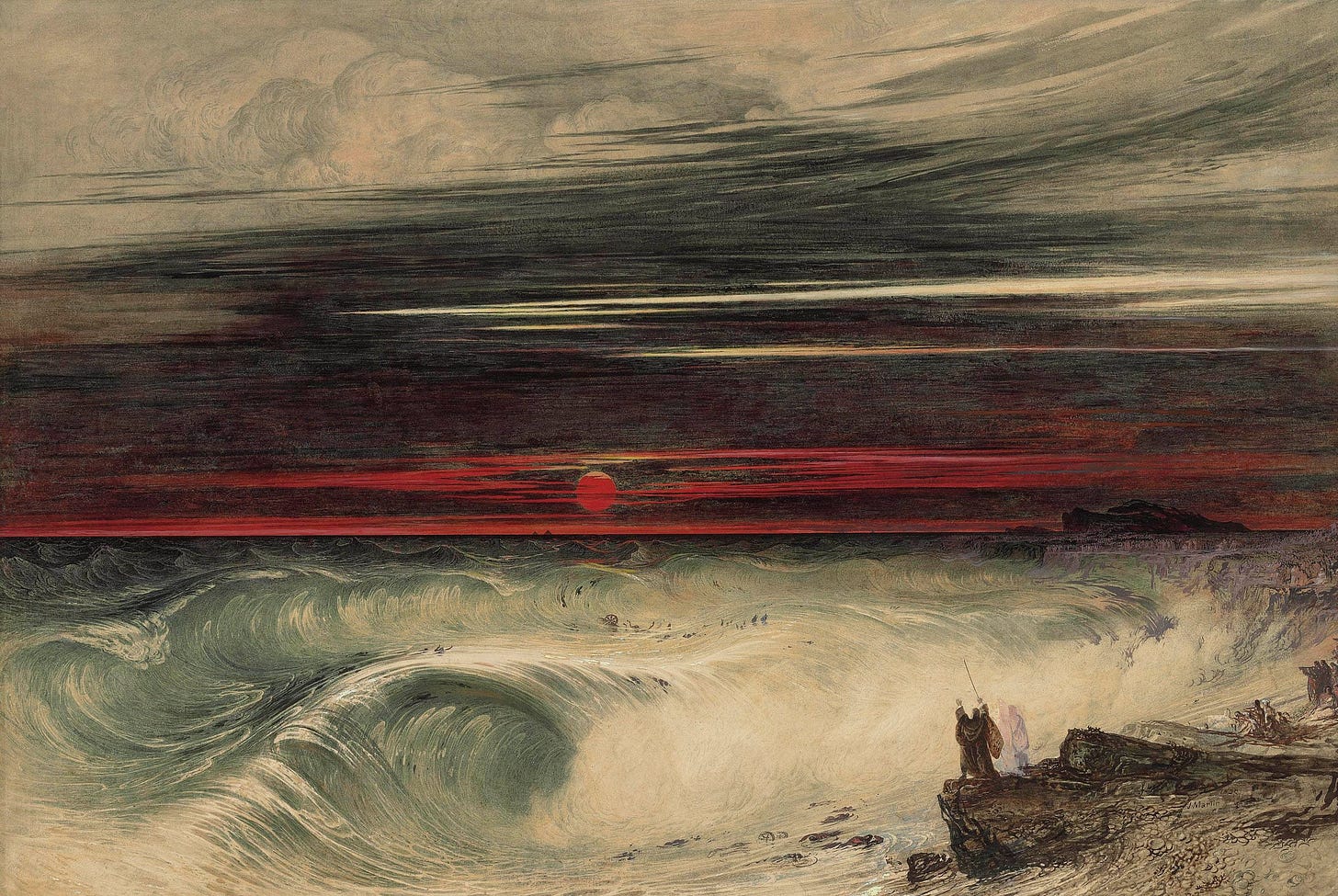
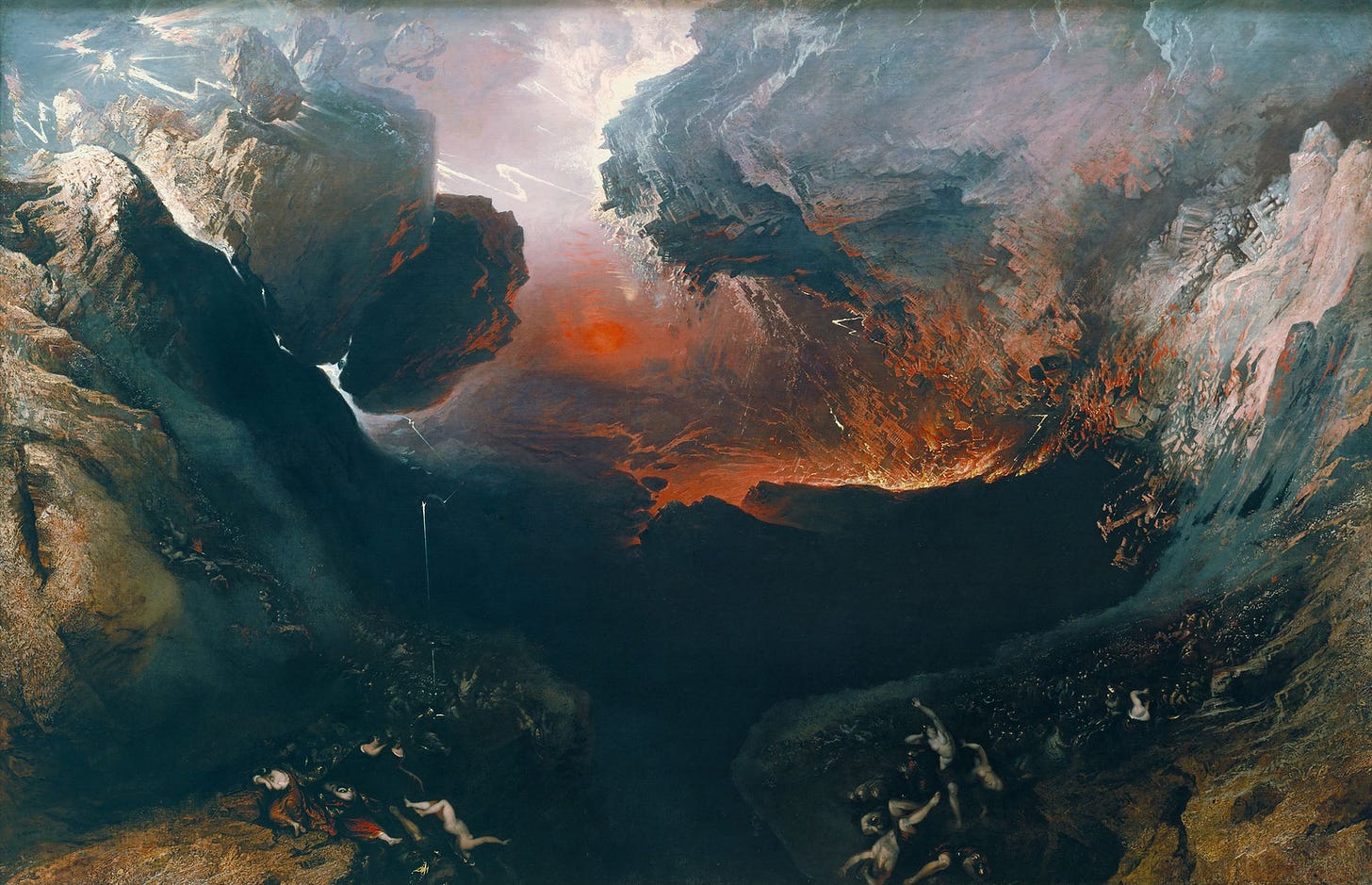
Really enjoyed this review. I loved Life and Death but never read her other books. You’ve inspired me to go back (despite being only lukewarm!) Thanks 🙏
Thank you, Étienne.
I have added a link to your review to my bibliography of urban design books. In 2002.
Rodes.pub/LineLoopBook
128 books relevant to my pet project: imagining the combination of a linear city and a hyperloop.